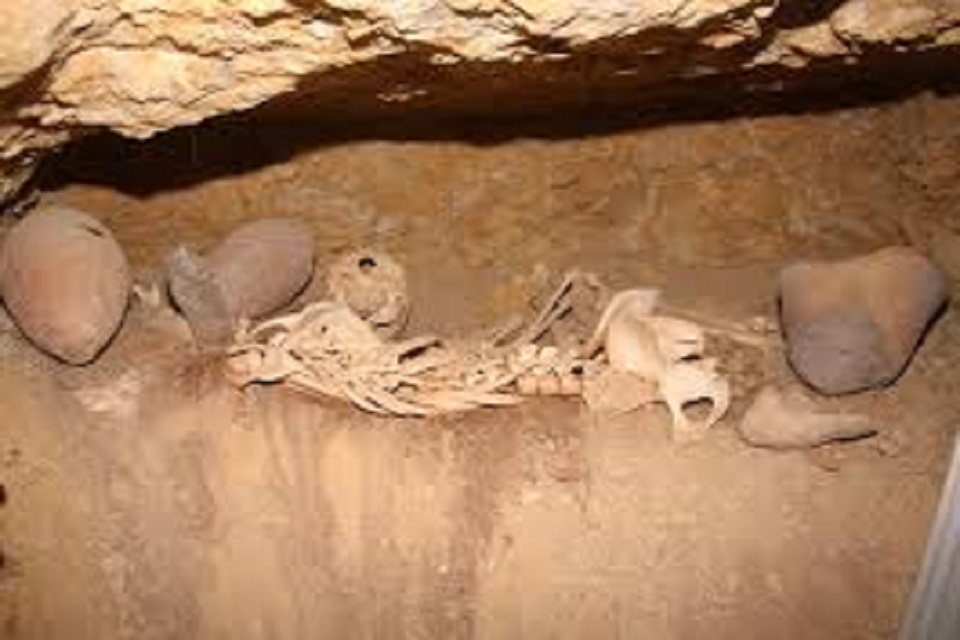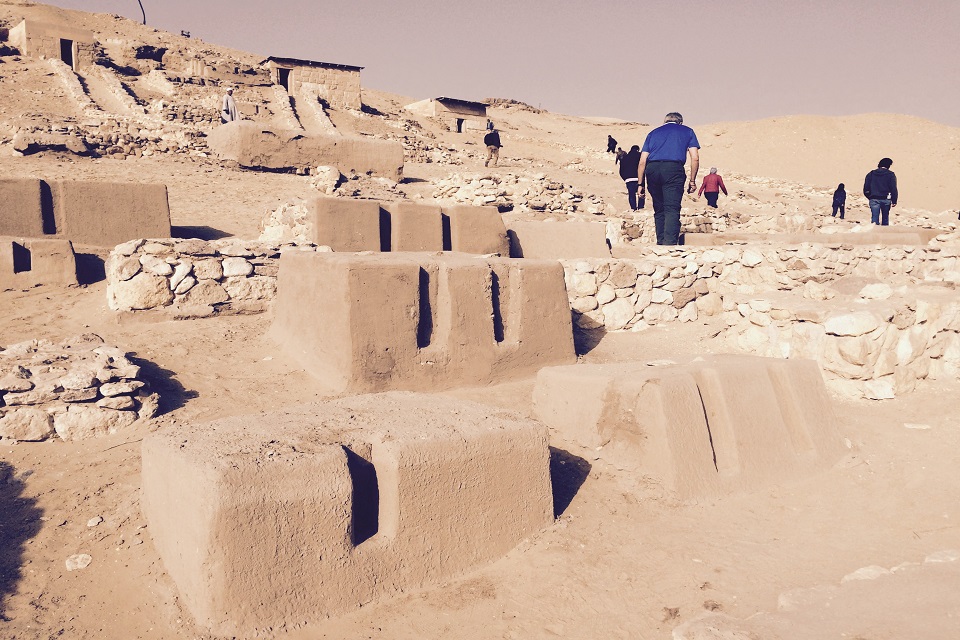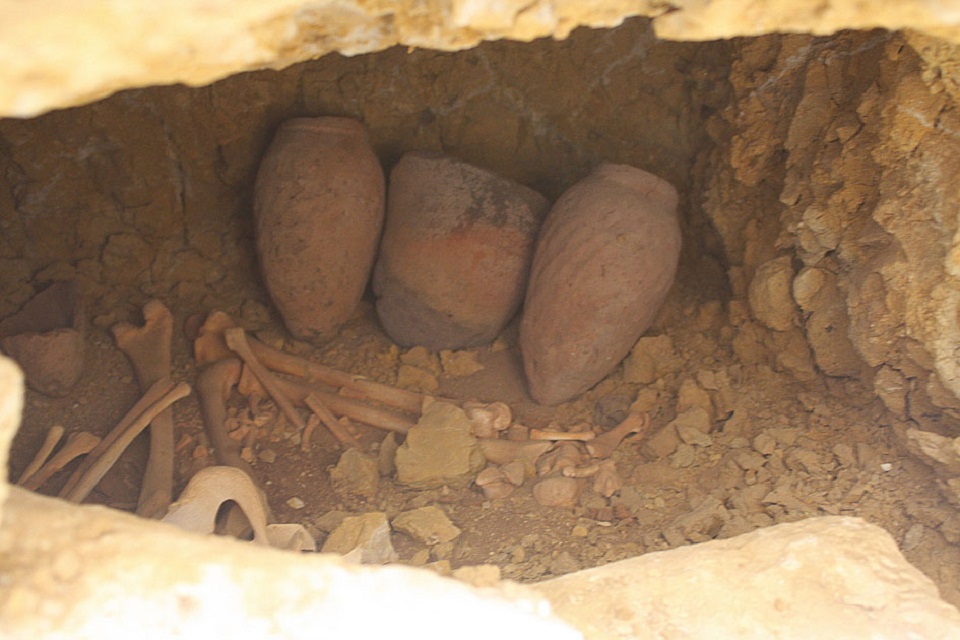The Discovery of the Tombs of the Pyramid Builders at Giza:
Dr. Zahi Hawass / Undersecretary of the State for the Giza Monuments
It was my hope to discover the tombs
of the workers who were constructing the Giza Pyramids.
In my study, I figured the tombs and the camp
of workers were supposed to be situated southeast of the Sphinx.
Workers and farmers constitute about 80 percent of Ancient Egypt ‘s population, and we know
a lot about rulers, queens, and nobles, but we don’t know much about ordinary citizens.
In the fifth century B.C., when the Greek historian Herodotus visited Egypt, his guides told
him that 100,000 men had worked for 20 years to build the pyramid of Khufu.
There must have been an immense support structure at Giza for at least
67 years, the cumulative minimum period of the reigns of Khufu, Khafre and Menkaure.
Such support would have included grain, ceramics and building materials manufacturing facilities (gypsum mortar, stone,
wood and metal tools); food , fuel and other supply storage facilities; accommodation for workers;
A graveyard for staff who died in the use of the royal necropolis, their families and priests
responsible for services in pyramid temples that remained in use long after the main building process was completed.






